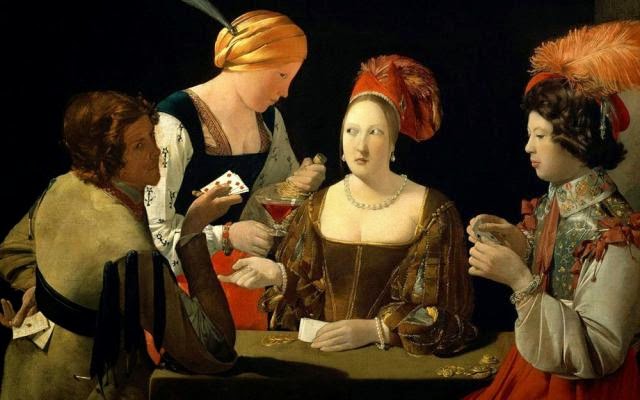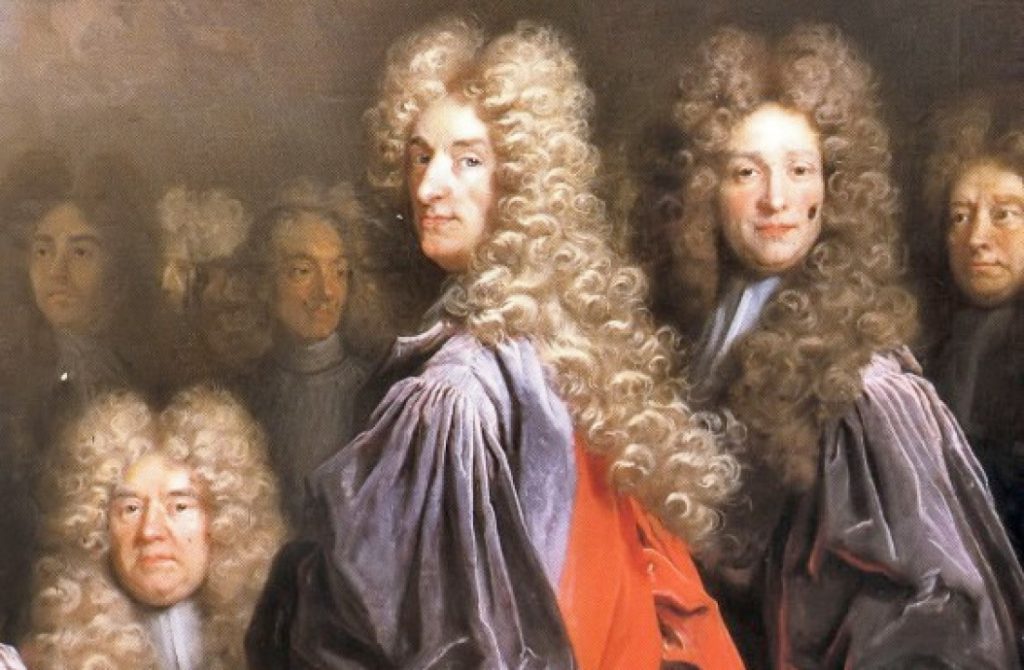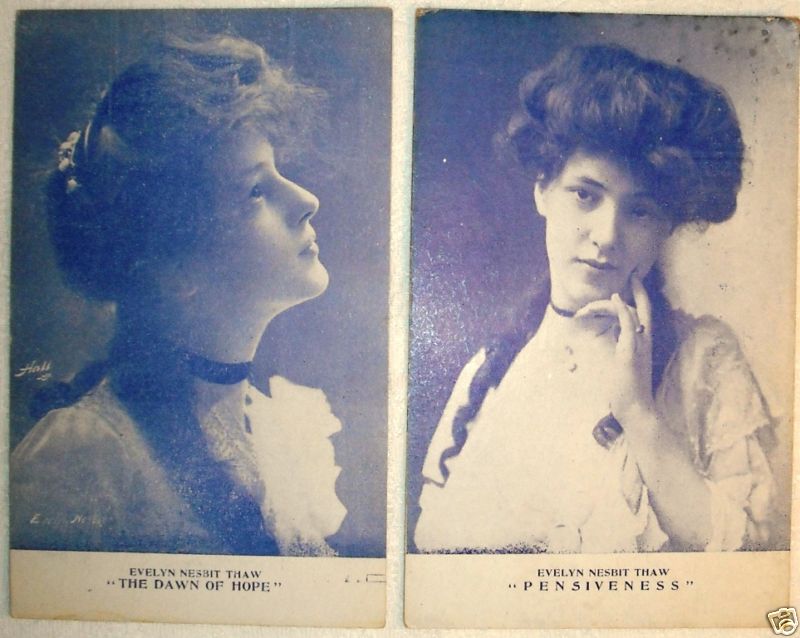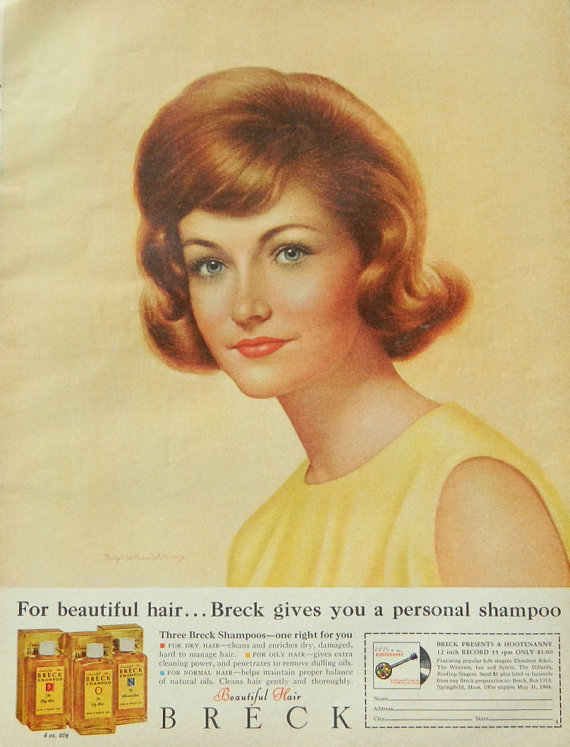
PHOTO: bridgemanimages.com
When commercial shampoo began hitting store shelves in the 1930s, it changed the world. That begs the question, then, what did people do before shampoo? Did they just use water, soap, or something else? We’re going to examine some of the most popular hair grooming habits of historical peoples, from the fairly mundane to the truly weird.
Ancient Hair Care: Not As Weird As You Might Think

PHOTO: hellenicaworld.com
Thousands of years ago, there were all sorts of views on how to wash and take care of hair. In Sumeria, as far as we know, people mostly washed without soap and oiled up their hair to keep it looking shiny. To disguise body odor, women would put cones of perfume on their heads that would keep their hair aromatic all day. In Ancient China, people used the Cedrela plant, a fragrant wooded plant that is used currently to make cigar boxes, to wash their hair.
[ebaylistings]
In Egypt, their method of washing hair was: don’t. They just shaved it all off in order to avoid head lice! They did wear wigs, though, which they washed frequently using citrus juice. The citric acid in the juice dissolved the oils in the wigs and left the hair follicle sealed. After washing, they liked to use almond oil as a conditioner.
The Greeks and Romans used olive oil to condition their hair and keep it soft, and vinegar rinses to keep it clean and to lighten the color.
Medieval Hair Care: Bacon Fat, Elm Bark, Rosemary Water, and Lye

PHOTO: GOODYARDHAIR.com
During the Middle Ages, baths were a lot of work, and were even considered unhealthy, so people rarely took them. In some parts of Europe, though, it was advised that women mix burnt barley bread, salt, and bear fat together and put that on their hair. It was supposed to make it grow! Some other women liked to make a tea with goat milk or water, and elm bark, willow root, and reed root and use that to wash their hair. It was supposed to make it thicker. Other hair-washing methods included vinegar, rosemary water, nettles, mint, thyme and several other herbs.
During the Renaissance period, women in Italy washed their hair with lye soap, and then used bacon fat and licorice to condition their hair.
18th Century Hair Care: Wigs Galore

PHOTO: Mental Floss
During the 1700s and 1800s, wigs were everything. Most people washed their hair with lye soaps or water, and still went about their days greasing their hair up and pulling it back. The catch? Now, rich people liked to wear wigs – and not just any wigs, but enormous, powdered wigs. They were mostly white, but women also liked to wear pastel colors like pink, blue, and even lavender. The richer you were, the bigger your wig was.
As time went on, wealthier people wore taller and taller wigs. They were generally made with human hair, but sometimes goat or horse hair was substituted.
Famously, the countess of Matignon, in France, paid a hairdresser to make her a new wig for every single day of the week!
The Victorian Era: Eggs. Eggs Everywhere.

PHOTO: All Things Victorian
During the Victorian Era, thousands of doctors were hitting the streets, proclaiming the health-benefits of bathing to the world. The Victorians were famously fascinated with new, industrialized products and health fads. Washing hair with lye was still common, but a challenger appeared on the scene in the form of the humble egg. Now, about once a month (as was the recommended amount), women would crack eggs over their heads, work the gooey egg up into a lather in their hair, and then rinse it out.
Castille Soap was also a popular option, as was P&G’s “Ivory Soap”, which was first invented in 1859 by William Procter and James Gamble. “Macassar oil”, an oil made from coconut oil, palm oil, and oil from flowers called “ylang-ylang”, was used as a popular conditioner.
The 1930s Shampoo Revolution

PHOTO: pinterest
Finally, in 1930, in Springfield Massachusettes, Dr. John H. Breck founded Breck Shampoo. It was because of his clever advertising campaign that commercial shampoo began to be used as the hair-washing product. Breck ran ads in Woman’s Home Companion, Seventeen, Harper’s Bazaar, Glamor, and even Vogue, under the slogan “every woman is different”, claiming to create a personalized shampoo that would result in beautiful hair, every single time. By the 1950s, his shampoo was available nearly everywhere. The campaign remained popular until the 1970s, creating a cultural expectation of frequent hair-washing.
Other companies quickly caught on, and the hair-care industry was created. We’ve been using commercial shampoo ever since.

